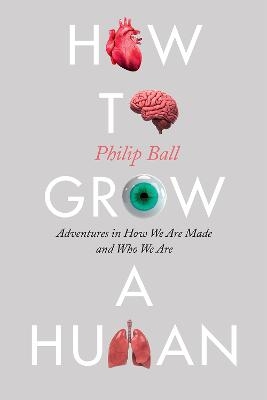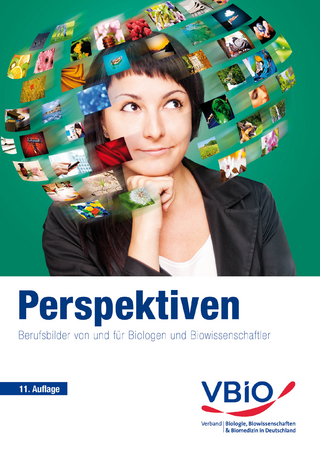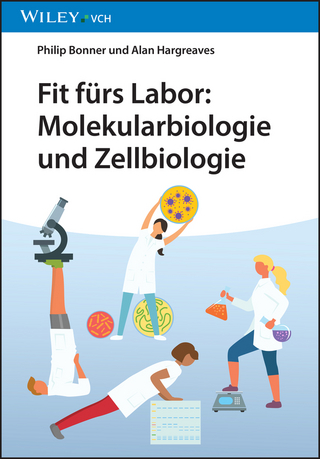
How to Grow a Human
Adventures in How We Are Made and Who We Are
Seiten
2019
University of Chicago Press (Verlag)
978-0-226-65480-5 (ISBN)
University of Chicago Press (Verlag)
978-0-226-65480-5 (ISBN)
The bestselling author of Critical Mass offers a cutting-edge examination of what it means to be human in the face of the latest technical developments and research in cell biology, tissue growth, organ regeneration, and treatments of cancer and dementia.
Two summers ago, scientists removed a tiny piece of flesh from Philip Ball's arm and turned it into a rudimentary "mini-brain." The skin cells, removed from his body, did not die but were instead transformed into nerve cells that independently arranged themselves into a dense network and communicated with each other, exchanging the raw signals of thought. This was life--but whose? In his most mind-bending book yet, Ball makes that disconcerting question the focus of a tour through what scientists can now do in cell biology and tissue culture. He shows how these technologies could lead to tailor-made replacement organs for when ours fail, to new medical advances for repairing damage and assisting conception, and to new ways of "growing a human." For example, it might prove possible to turn skin cells not into neurons but into eggs and sperm, or even to turn oneself into the constituent cells of embryos. Such methods would also create new options for gene editing, with all the attendant moral dilemmas. Ball argues that such advances can therefore never be about "just the science," because they come already surrounded by a host of social narratives, preconceptions, and prejudices. But beyond even that, these developments raise questions about identity and self, birth and death, and force us to ask how mutable the human body really is--and what forms it might take in years to come.
Two summers ago, scientists removed a tiny piece of flesh from Philip Ball's arm and turned it into a rudimentary "mini-brain." The skin cells, removed from his body, did not die but were instead transformed into nerve cells that independently arranged themselves into a dense network and communicated with each other, exchanging the raw signals of thought. This was life--but whose? In his most mind-bending book yet, Ball makes that disconcerting question the focus of a tour through what scientists can now do in cell biology and tissue culture. He shows how these technologies could lead to tailor-made replacement organs for when ours fail, to new medical advances for repairing damage and assisting conception, and to new ways of "growing a human." For example, it might prove possible to turn skin cells not into neurons but into eggs and sperm, or even to turn oneself into the constituent cells of embryos. Such methods would also create new options for gene editing, with all the attendant moral dilemmas. Ball argues that such advances can therefore never be about "just the science," because they come already surrounded by a host of social narratives, preconceptions, and prejudices. But beyond even that, these developments raise questions about identity and self, birth and death, and force us to ask how mutable the human body really is--and what forms it might take in years to come.
Philip Ball is a writer, author, and broadcaster, and he was formerly an editor at Nature. His writing on scientific subjects has appeared in places ranging from New Scientist to the New York Times. He is the author of several books, including, most recently, Beyond Weird, also published by the University of Chicago Press. He lives in London.
| Erscheinungsdatum | 25.10.2019 |
|---|---|
| Zusatzinfo | Illustrations |
| Sprache | englisch |
| Maße | 157 x 231 mm |
| Gewicht | 658 g |
| Themenwelt | Naturwissenschaften ► Biologie ► Allgemeines / Lexika |
| Naturwissenschaften ► Biologie ► Evolution | |
| Naturwissenschaften ► Biologie ► Humanbiologie | |
| Naturwissenschaften ► Biologie ► Zoologie | |
| ISBN-10 | 0-226-65480-X / 022665480X |
| ISBN-13 | 978-0-226-65480-5 / 9780226654805 |
| Zustand | Neuware |
| Informationen gemäß Produktsicherheitsverordnung (GPSR) | |
| Haben Sie eine Frage zum Produkt? |
Mehr entdecken
aus dem Bereich
aus dem Bereich
Berufsbilder von und für Biologen und Biowissenschaftler
Buch | Softcover (2024)
Verband Biologie, Biowiss. u. Biomedizin in Dtl. e.V. (Verlag)
16,80 €
Buch | Softcover (2024)
Wiley-VCH (Verlag)
39,90 €
Band 2: Elektrizität, Optik und Wellen
Buch | Softcover (2022)
Wiley-VCH (Verlag)
39,90 €


